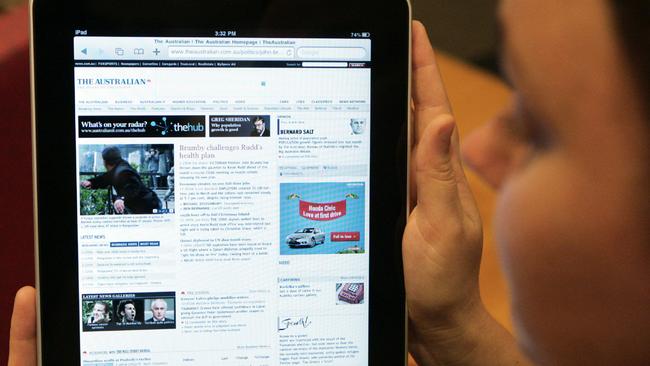Griffith University expert reveals how domestic violence abusers are preying on their victims
Queensland researchers reveal how domestic violence abusers are turning to sick, stealth tactics to prey on their own families in a bid to commit further abuse.
Police & Courts
Don't miss out on the headlines from Police & Courts. Followed categories will be added to My News.
Domestic violence abusers are pretending to be children to befriend their own kids online to commit further abuse and to find out information about their ex-partner, an expert says.
Griffith University Associate Professor Molly Dragiewicz said her research had shown technology-facilitated abuse escalated and did not stop when people separated.
This included perpetrators reading emails, viewing social media accounts, accessing data stored on the cloud and finding information through simple everyday applications such as “find my iPhone”.
Abusers were even impersonating children on Instagram to befriend their own children, without the child knowing it’s them.
“And then trying to get information about where they are staying, is mum dating anyone,” Prof Dragiewicz said.
“That child found out that it was the father – she was already afraid of him because of the abuse she had experienced – this is an eight-year old and she was totally freaked out”.
Parents were also antagonising children during video calls or trying to find out information about their ex-partner, such as when they were home and what they had been doing.
A study on children’s experience of technology abuse mirrored adult domestic violence, Prof Dragiewicz said.

Separated parents regularly had midweek chats with their children such as Facetime.
“The domestic violence services are telling me there are cases where the DV abuser will get on there with the little kid and just stare at them with a really mean look on their face until the kid bursts into tears and runs away,” Prof Dragiewicz said.
“And then they (the parent) call and complain to the court that the other parent is not facilitating the visitation time.
“The abuser would be chatting with their kid in the video game … asking little children about patterns of behaviour (such as) who is home when, when are you gone and then using that to come to the house and do physical violence when there is no one else home.”
In another study which had a sample of 20 people, all of them experienced technology abuse which began or escalated at the time they separated, Prof Dragiewicz said.
Thirteen out of the 14 mothers with children had experienced tech abuse after separating when co-parenting.
“If you have a four-year-old that has an iPad they might carry it between the households – and then if you’ve ever logged in on that Ipad and all your text messages pop up on there – that’s the problem,” Prof Dragiewicz said.
Prof Dragiewicz said any type of technology was able to be used by abusers and the family courts needed greater education when considering coercive control and technology use between households.
She said orders from courts should be more specific about technology, how it should be monitored and restricted.


